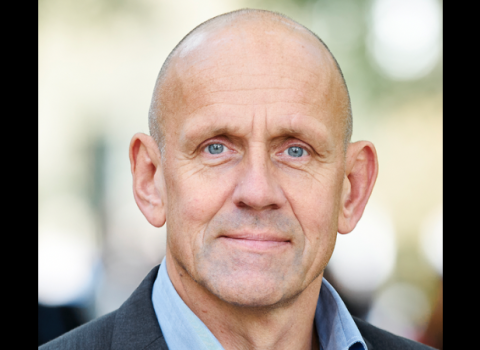Physicists from Bonn University have developed a completely new source of light, a so-called Bose-Einstein condensate consisting of photons, which they say may potentially be suitable for designing novel light sources resembling lasers that work in the X-ray range. Among other applications, this might allow the building of more powerful computer chips.
When rubidium atoms are deeply cooled and concentrated so there is a sufficient number of them in a compact space that they suddenly become indistinguishable and behave like a single huge “super particle.” This is called a Bose-Einstein condensate.
While this should also work for light particles, or photons, there is a fundamental problem that when photons are “cooled down” they disappear. Until a few months ago, it seemed impossible to cool light while concentrating it at the same time. The Bonn physicists Jan Klärs, Julian Schmitt, Frank Vewinger, and Martin Weitz have, however, succeeded in doing this.
This photonic Bose-Einstein condensate represents a completely new source of light that has characteristics resembling lasers. But compared to lasers, it will have a decisive advantage, “We are currently not capable of producing lasers that generate very short-wave light in the UV or X-ray range,” said Klärs. “With a photonic Bose-Einstein condensate this should, however, be possible.”
This advance would be of interest to chip designers who use laser light for etching logic circuits into semiconductor materials. The fineness of these structures is limited by the wavelength of the light, among other factors. Long-wavelength lasers are less well suited to precision work than short-wavelength ones.
References
Bose-Einstein condensation of photons in an optical microcavity
Klaers, J. et al.
Nature, 25.11.2010
http://dx.doi.org/10.1038/nature09567



 A unique international forum for public research organisations and companies to connect their external engagement with strategic interests around their R&D system.
A unique international forum for public research organisations and companies to connect their external engagement with strategic interests around their R&D system.